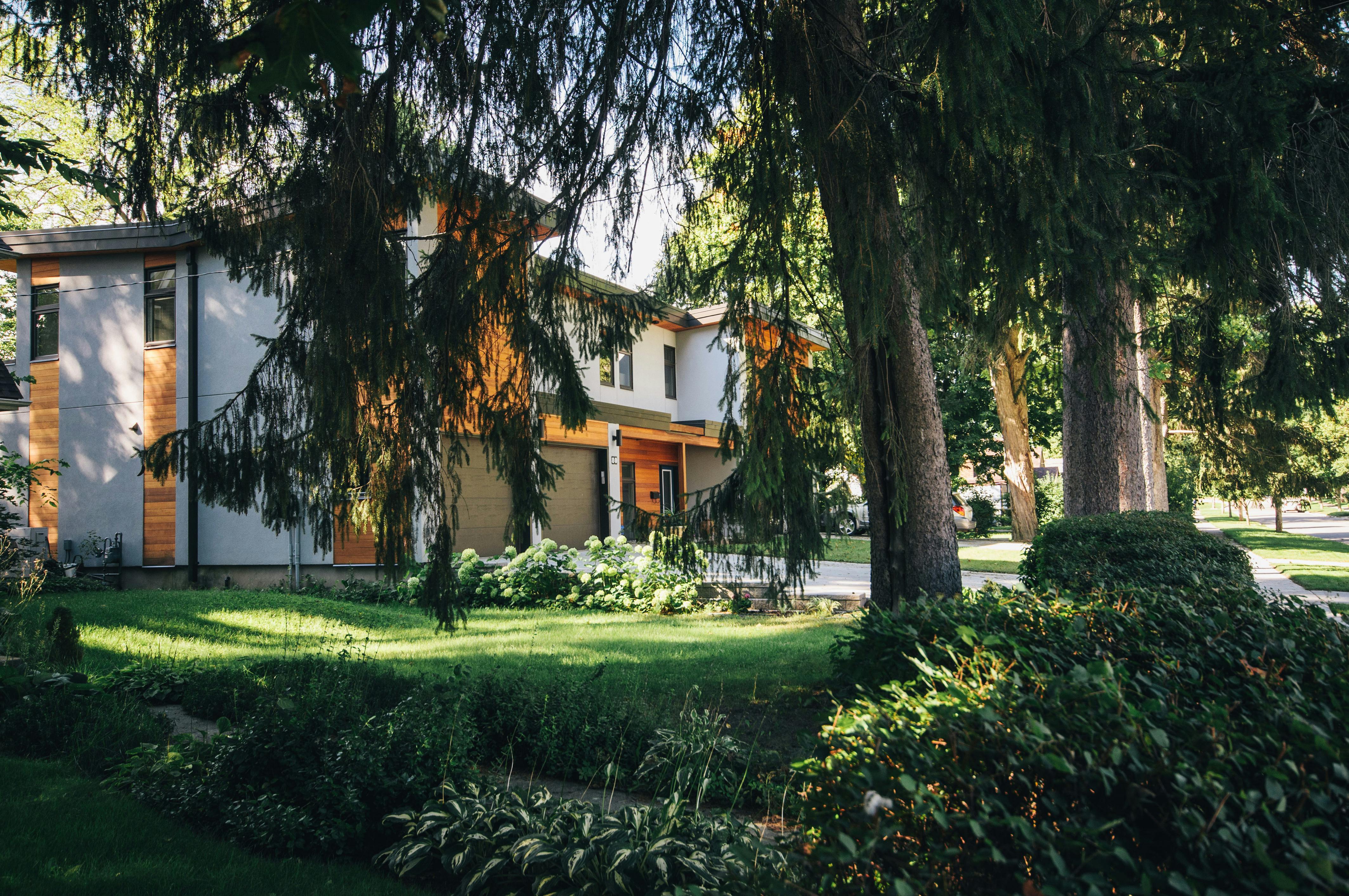
What are TMT bars and what are the different types?
Being a contractor, one must be aware of the materials that are used in the construction of a structure. In the old days, houses all over India were built with concrete slabs and iron rods. The rods would soon start to rust at a very early stage, that too, quite quickly. It used to affect the long-term stability of the structure, which would lead to frequent repair of the house.
Structures made with cheap and inappropriate raw materials cannot survive the wrath of nature. The most common cause of structural disasters involving bridges or large buildings is usually poor planning, poor quality material used, and negligence on the part of contractors. That is why we cannot stress enough the importance of excellent quality TMT steel, which holds the concrete blocks together.
What is a TMT bar?
TMT stands for Thermo-Mechanically Treated. TMT bars have a solid outer surface and a softer core. They are corrosion resistant and are used especially for residential buildings, bridges, industrial establishments and all kinds of concrete reinforcement purposes. TMT bars are far superior to conventional TOR steel bars by virtue of their multiple engineering properties.
TMT Bar Grade
TMT bars are available in 4 different grades in India: Fe415, Fe500, Fe550 and Fe600. The higher the grade, the stronger the bar. Higher grade TMT bars should be used on the floors and roofs of the building. Lower grade bars can be used in the construction of balcony railings and other decorative structures.
Integrated and minor steel producers in India
Primary steel producers
The integrated steel producers are Jindal Steel & Power Limited, JSW Steel Ltd., Tata Steel, Rathi, Rashtriya Ispat Nigam Limited (RINL), Steel Authority of India Limited (SAIL). Primary steel producers convert iron ore into steel. Everything from iron ore mining to steel production is done at its facilities. They produce standard specification crude steel.
Secondary steel producers
They are the mini steel mills; they make steel by melting down scrap iron or sponge iron, sometimes a mixture of both. Secondary steel isn’t the best with certifications, but it’s still good for many types of uses. If your job does not require factory certification, secondary steel may be a good option. Ispat Industries, Essar Steel and Lloyd Steel are the largest producers of secondary steel.
The difference between primary and secondary steel.
Fe415 and Fe500D TMT reinforcing bars are recommended for residential construction purposes. Most of the contractors prefer Fe500D because of its strength and ductility, which is very important because the bars will bend the most before breaking. Primary producers use the HYQST technique to form the correct inner core which is flexible and the outer core which is tough.
The secondary producers produce Fe415, although many of the producers also make 500D. Secondary steel can be used to build flag poles, fence posts, fence railings, sign posts, bridge railings, highway culverts, etc. In secondary TMT rebar, there is usually no rib pattern, the rib pattern helps in strong cement bonding.
Overall, TMT bars with high strength and corrosion resistance have made it possible for engineers across India to create structures they could not have imagined.